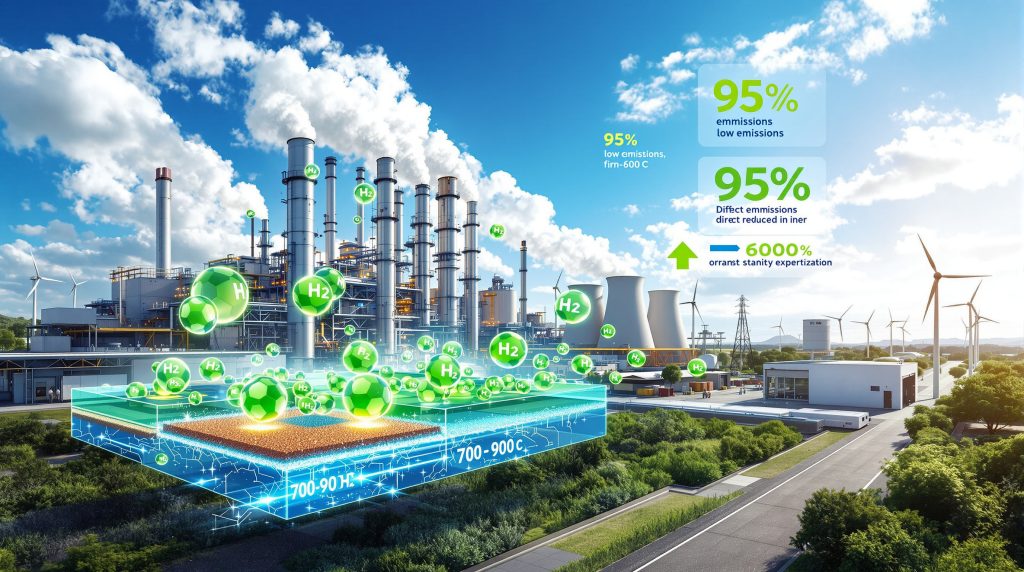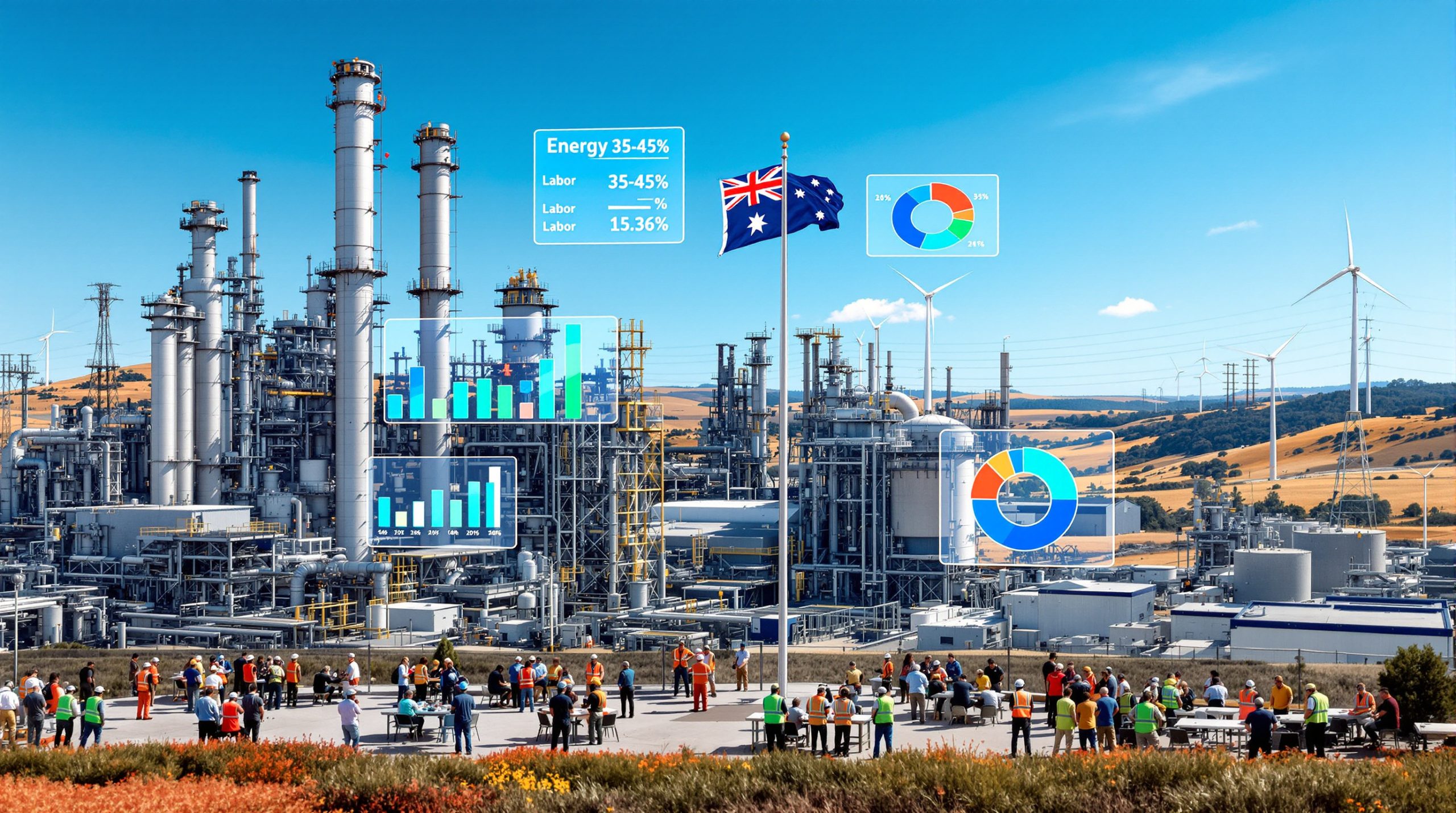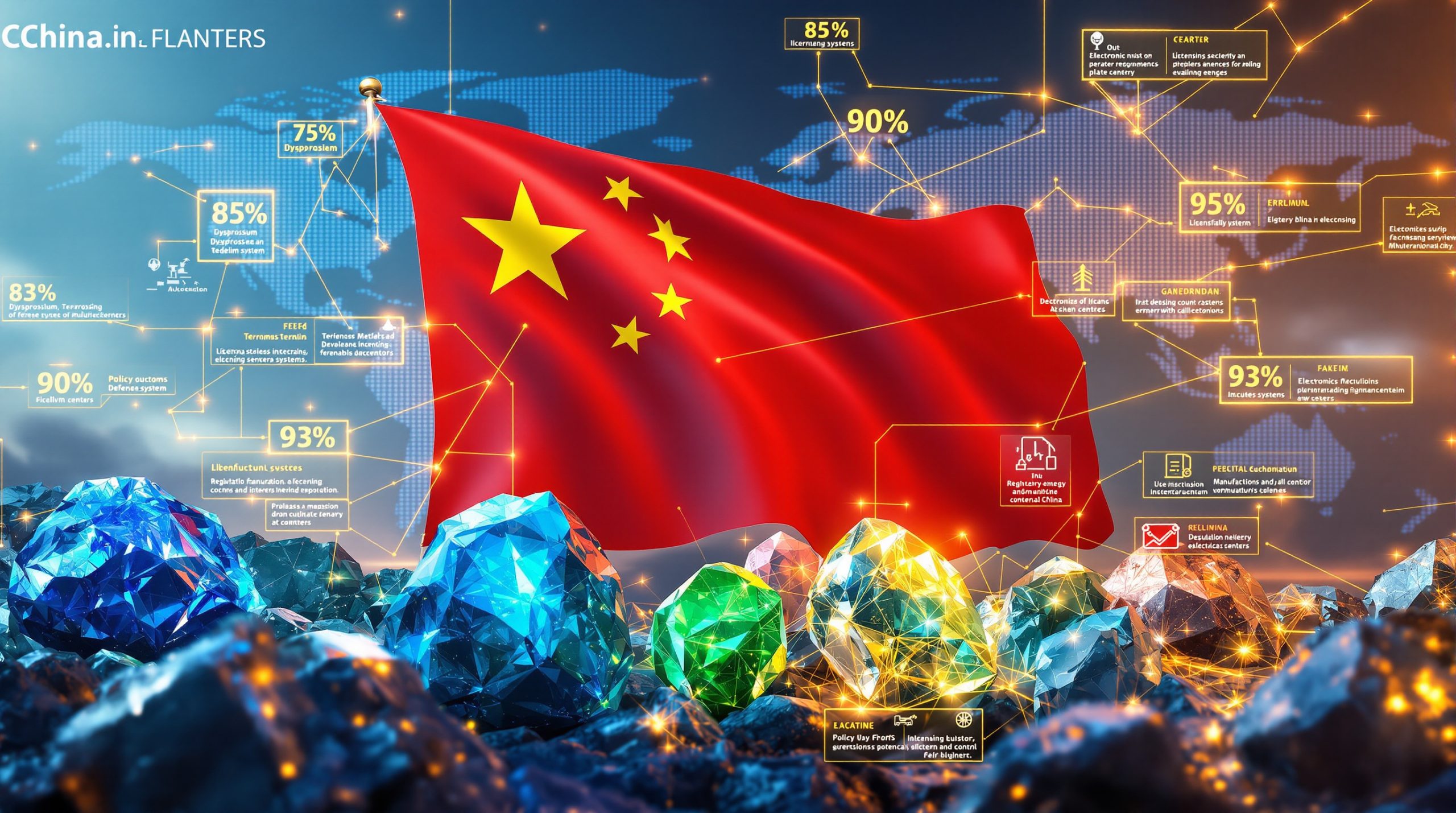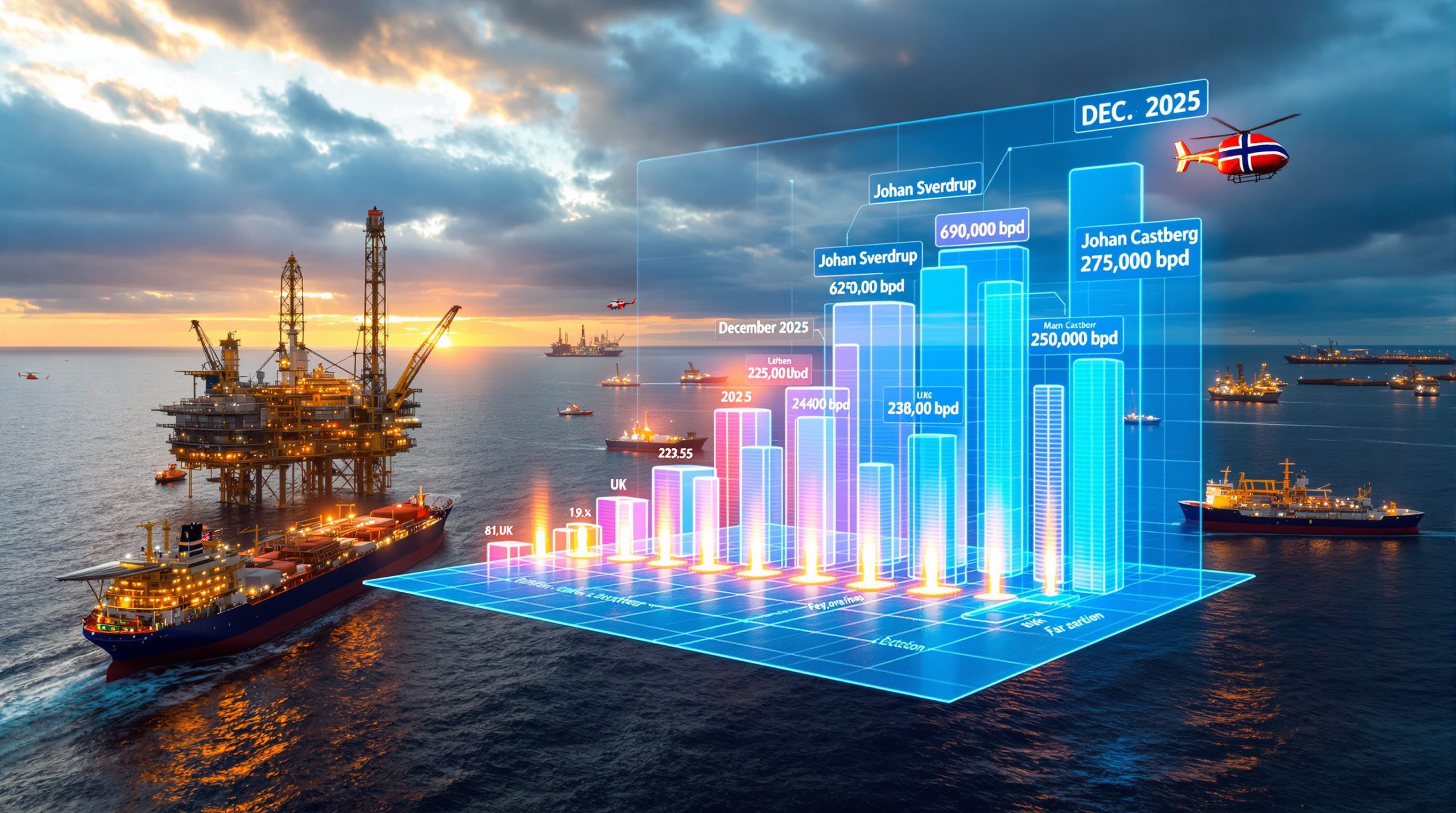Understanding the Revolutionary Technology
Hydrogen-based low emissions iron production represents a paradigm shift in steelmaking that replaces carbon-intensive blast furnace methods with clean hydrogen reduction processes. This breakthrough technology directly tackles the steel industry's enormous carbon footprint by substituting hydrogen gas for traditional coal in iron ore reduction, generating water vapor instead of carbon dioxide as the primary byproduct.
The fundamental chemistry involves exposing iron ore to hydrogen-rich gas streams at controlled temperatures, typically ranging between 700-900°C. This process operates at significantly lower temperatures than conventional blast furnaces while completely eliminating the need for coking coal, marking a revolutionary departure from centuries-old steelmaking practices.
The Carbon Emissions Crisis Driving Change
Traditional blast furnace steelmaking generates approximately 2.3 tons of CO2 per ton of steel produced, making the steel sector responsible for 8% of global greenhouse gas emissions according to the International Energy Agency. With annual global steel production exceeding 1.8 billion tons, this represents one of the most significant industrial sources of carbon emissions worldwide.
The urgency for transformation intensifies as carbon pricing mechanisms expand globally and environmental regulations tighten. Companies implementing hydrogen-based processes position themselves strategically for future carbon-constrained markets where traditional steelmaking faces escalating compliance costs. Furthermore, the integration of renewable energy mining solutions is driving unprecedented changes across industrial sectors.
Key Environmental Impact Statistics:
• Steel production accounts for 8% of total global CO2 emissions
• Traditional methods produce 2.3 tons of CO2 per ton of steel
• Near-zero emissions classification requires less than 0.4 tons of carbon per ton of crude steel
• Annual global steel production exceeds 1.8 billion tons
Corporate sustainability commitments from major automotive manufacturers, construction companies, and renewable energy developers are creating powerful market demand for low-carbon steel. This shift represents both a challenge and opportunity as companies navigate the transition to cleaner production methods.
Technical Process and Implementation
The hydrogen direct reduction process transforms iron ore pellets or lumps into direct-reduced iron (DRI) through controlled exposure to hydrogen-rich gas streams. Unlike traditional blast furnaces requiring extensive preprocessing and coking coal preparation, this approach can utilise various iron ore grades with minimal preliminary treatment.
Core Process Components:
• Reduction Furnace: Operates at optimal temperatures for hydrogen-iron oxide reactions
• Hydrogen Supply System: Delivers purified hydrogen gas at controlled flow rates
• Heat Recovery Units: Capture and reuse thermal energy for improved efficiency
• Water Management Systems: Handle steam byproducts and cooling requirements
• Electric Arc Furnace Integration: Melts and refines hydrogen-reduced iron using renewable electricity
The hydrogen-reduced iron feeds directly into electric arc furnaces, where renewable electricity melts and refines the material into finished steel. This combination eliminates fossil fuel dependency throughout the entire steelmaking chain, creating a pathway toward truly sustainable mining innovation.
Advanced heat recovery systems capture thermal energy from the reduction process, significantly improving overall efficiency. The integration of renewable electricity for electric arc furnace operations completes the carbon-neutral production cycle when combined with green hydrogen.
Quantifiable Environmental Advantages
Hydrogen-based processes can achieve emissions reductions of up to 95% compared to conventional blast furnaces. When powered by renewable hydrogen produced through electrolysis, the entire process becomes virtually carbon-neutral, with water vapor representing the only significant byproduct. Additionally, these advances align closely with broader energy transition strategies across industrial sectors.
The technology demonstrates superior resource efficiency, requiring less energy per ton of iron produced while generating fewer waste products. The elimination of coking coal removes mining impacts and transportation emissions associated with coal supply chains, creating cascading environmental benefits.
The classification of "near zero emissions" iron requires production methods generating emissions of 0.4 tons of carbon per ton of crude steel or less, establishing a clear benchmark for environmental performance.
Environmental Benefits Breakdown:
• Carbon Footprint: Up to 95% reduction in CO2 emissions
• Air Quality: Elimination of particulate matter, sulfur compounds, and other pollutants
• Resource Efficiency: Reduced energy consumption per ton of iron produced
• Waste Reduction: Minimal solid waste generation compared to traditional methods
• Water Impact: Steam byproducts can be captured and recycled
Industry Leaders and Development Projects
BHP-POSCO Collaboration represents one of the most significant hydrogen-based low emissions iron initiatives currently underway. The mining giant BHP has partnered with South Korean steelmaker POSCO to develop a demonstration plant in Pohang, targeting 300,000 metric tons annual capacity by early 2028. Construction is set to begin soon, with the facility showcasing integrated hydrogen reduction and electric smelting technologies.
This partnership addresses a critical challenge in the industry transformation, demonstrating commercial viability at meaningful scale. The Pohang facility will serve as a crucial proving ground for hydrogen-based production methods before broader commercial deployment, reflecting broader trends in mining industry innovation.
Major Development Projects:
• BHP-POSCO Pohang Plant: 300,000 metric tons capacity, operational by 2028
• European Initiatives: Multiple demonstration facilities across Germany, Sweden, and other EU nations
• Technology Providers: Specialised equipment manufacturers developing furnace systems
• Asian Demonstrations: Large-scale pilot projects in Japan, South Korea, and China
Several technology providers have developed specialised systems for hydrogen-based iron production, offering different approaches to optimise efficiency and cost-effectiveness. These companies are positioning themselves to capture significant market share as the technology scales globally.
Economic Challenges and Market Dynamics
Economic viability depends heavily on hydrogen procurement costs, with studies indicating break-even points requiring green hydrogen prices substantially below current market levels. Current renewable hydrogen costs exceed economic thresholds, though rapid cost declines are projected through 2030 as production scales and technology improves.
Establishing hydrogen-based low emissions iron production requires substantial capital investments across multiple infrastructure categories. Companies must invest in hydrogen generation or supply systems, specialised reduction equipment, electric arc furnace upgrades, and grid connections for renewable electricity.
Investment Requirements:
• Hydrogen generation or supply infrastructure
• Specialised reduction equipment and furnace systems
• Electric arc furnace upgrades and optimisation
• Grid connections and renewable electricity capacity
• Water treatment and steam recovery systems
A critical competitive positioning concern involves iron ore quality requirements. Australian research institutions like CSIRO are developing hydrogen for iron-making technologies, though Australian iron ore typically requires additional processing steps for hydrogen-based systems compared to higher-grade Brazilian alternatives, potentially impacting cost structures and competitiveness in future markets.
Global Scaling Strategies and Timeline
Multiple demonstration facilities are entering construction phases, with commercial operations expected between 2027-2030. These projects will validate technical performance and economic models necessary for larger-scale deployment across global steel markets.
Innovative supply chain approaches involve producing finished green iron at mining locations, then transporting the processed material to steelmaking centres. This "green iron corridor" concept could reduce overall system costs compared to shipping raw materials and hydrogen separately. Furthermore, these developments showcase significant decarbonisation benefits across the entire value chain.
Regional Development Patterns:
• Europe: Leading in policy support and early demonstration projects
• Asia-Pacific: Focus on large-scale commercial demonstrations
• North America: Growing momentum through government incentives
• Middle East: Leveraging renewable energy advantages for hydrogen production
The geographic distribution of renewable energy resources may fundamentally alter global steel trade flows. Regions with abundant wind and solar resources gain strategic advantages in producing low-cost green hydrogen, potentially reshaping competitive dynamics in international steel markets.
Investment Implications and Market Opportunities
The transition to hydrogen-based low emissions iron production represents a multi-trillion-dollar market transformation spanning the next two decades. Early-stage companies developing hydrogen production technologies, specialised equipment manufacturing, and renewable energy integration solutions stand to capture significant value creation.
Strategic Investment Themes:
• Hydrogen Production Technologies: Electrolyser manufacturers and green hydrogen developers
• Specialised Equipment: Furnace systems and reduction technology providers
• Renewable Energy Infrastructure: Wind, solar, and grid integration projects
• Iron Ore Resources: Companies with high-grade ores suitable for hydrogen reduction
• Supply Chain Integration: Logistics and transportation solutions for green iron
Risk factors include potential delays in technology commercialisation timelines, hydrogen supply chain development challenges, and regulatory changes affecting adoption rates. Competition from alternative decarbonisation technologies remains possible as the industry explores multiple pathways to emissions reduction.
Investors should consider the varying risk profiles across different segments of the hydrogen-based steel value chain. Early-stage technology companies carry higher risk but greater potential returns, while established steel producers implementing hydrogen systems offer more stable but potentially limited upside.
Future Industry Transformation
Hydrogen-based production will fundamentally reshape global steel markets, potentially altering trade flows, cost structures, and competitive dynamics. Regions with abundant renewable energy resources may gain strategic advantages in steel production, challenging traditional manufacturing centres.
The technology enables distributed steel production closer to end markets, reducing transportation costs and emissions while improving supply chain resilience. This shift may favour smaller-scale, flexible production facilities over massive integrated complexes that have dominated the industry for decades.
Transformation Implications:
• Trade Flow Changes: Shift toward renewable energy-rich regions
• Production Distribution: Movement toward smaller, distributed facilities
• Supply Chain Resilience: Reduced dependence on coal supply networks
• Technology Integration: Advanced process control and automation systems
• Workforce Evolution: New skill requirements for hydrogen-based operations
Continued improvements in hydrogen production efficiency, storage technologies, and process optimisation will drive down costs while enhancing performance. Integration with carbon capture systems may provide additional environmental benefits, though this remains in early development stages.
The steel industry's transformation toward hydrogen-based low emissions iron production represents one of the most significant industrial transitions of the 21st century. Success requires coordinated development across hydrogen supply chains, renewable energy infrastructure, and specialised equipment manufacturing. Companies positioning themselves strategically in this transition stand to benefit from fundamental shifts in global steel production patterns.
This analysis is for informational purposes only and should not be considered as investment advice. Readers should conduct independent research and consult with qualified professionals before making investment decisions related to hydrogen-based steel production technologies.
Ready to Capitalise on the Next Green Technology Breakthrough?
Discovery Alert's proprietary Discovery IQ model delivers instant notifications when ASX-listed companies announce significant developments in green technologies and sustainable mining innovations, empowering subscribers to identify actionable opportunities ahead of the broader market. Begin your 30-day free trial today at Discovery Alert and position yourself to capture emerging trends in Australia's rapidly evolving clean technology sector.




